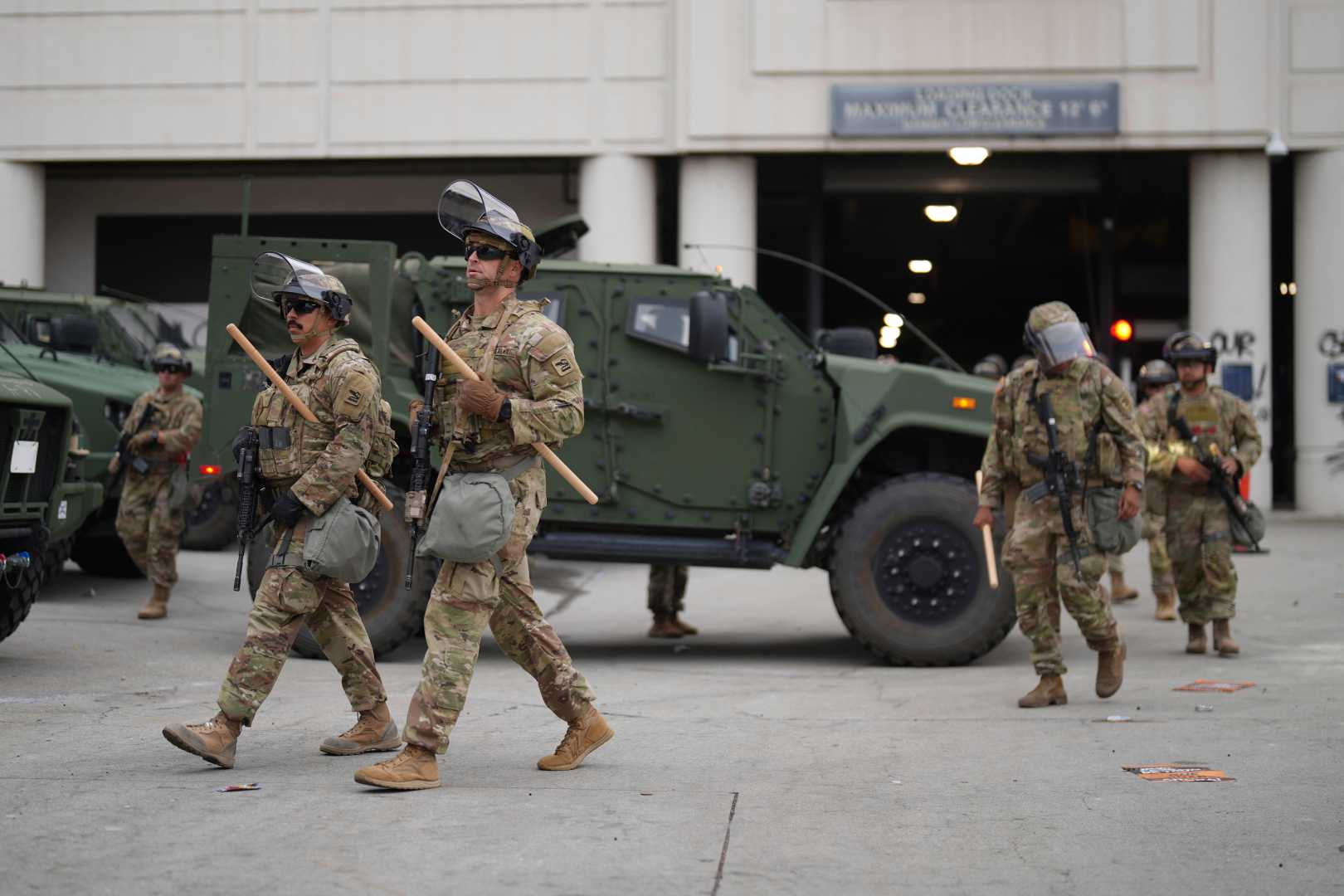Politics
Trump Deploys National Guard to LA Against Governor’s Wishes

LOS ANGELES, California — President Donald Trump has activated 2,000 members of the California National Guard, overriding the wishes of Governor Gavin Newsom amidst ongoing protests against recent immigration raids. This decision, announced on June 9, is highly controversial and has drawn sharp criticism from state officials.
Trump claims the deployment is necessary to ensure safety during what his administration describes as violence and disorder in response to operations conducted by Immigration and Customs Enforcement (ICE). In a social media post, Newsom responded, stating, “We didn’t have a problem until Trump got involved. This is a serious breach of state sovereignty.”
During visits to Los Angeles, Newsom formally requested that Trump return control of the National Guard, asserting that local law enforcement is capable of managing the situation without federal assistance. He said, “There is currently no need for the National Guard to be deployed in Los Angeles.”
Trump’s call-up of the National Guard represents a rare instance of a president intervening without the governor’s consent, a precedent not seen since the civil rights era. Past examples include President Lyndon B. Johnson deploying federal troops to Alabama in 1965 and President Dwight D. Eisenhower federalizing the National Guard in Arkansas in 1957.
In a response to protests involving rock-throwing at Border Patrol vehicles, Trump emphasized that the National Guard would provide necessary support for immigration enforcement. “The soldiers will temporarily protect the immigration enforcement officers,” he stated.
Critics, including civil rights advocates, argue that the federalization of the National Guard is an excessive and unnecessary escalation. Experts like Steve Vladeck from Georgetown University warn that this move lacks legal grounds, as no local authorities have requested federal assistance.
In a blog post, Vladeck remarked that Trump’s order does not invoke the Insurrection Act, which allows for more expansive use of military forces. He expressed concern that this action may pave the way for future escalations in military involvement in civilian matters.
As tensions rise and protests continue, federal officials maintain that they need to protect their personnel amid allegations of violence against law enforcement. ICE officials have stated that the ongoing demonstrations are misleadingly portrayed, calling them “dangerous” rather than peaceful.
The legal ramifications of Trump’s decision to send the National Guard are expected to unfold in court, as Newsom prepares to challenge the president’s memorandum. This situation highlights the delicate balance of state and federal powers, particularly during times of social unrest.












